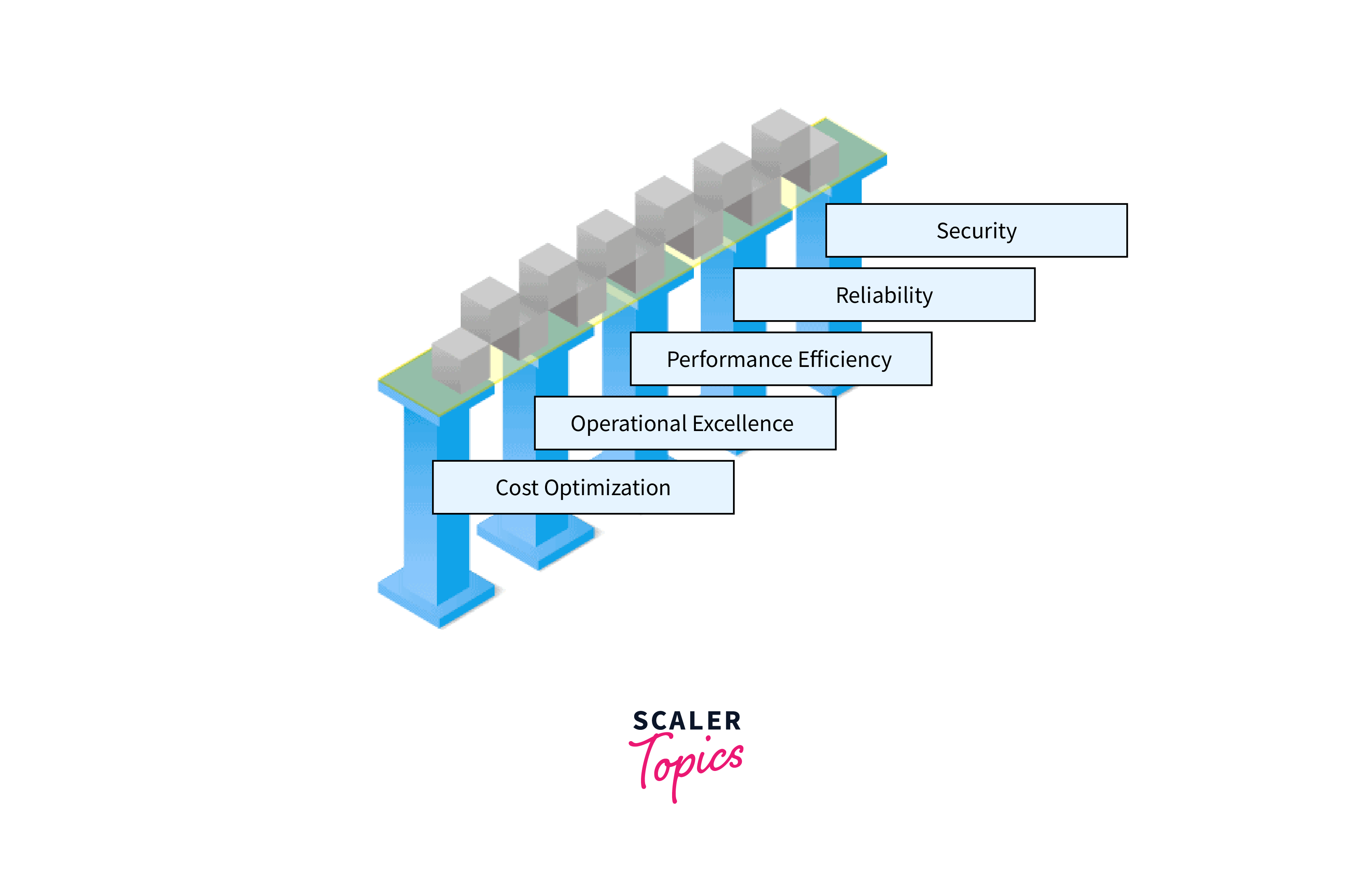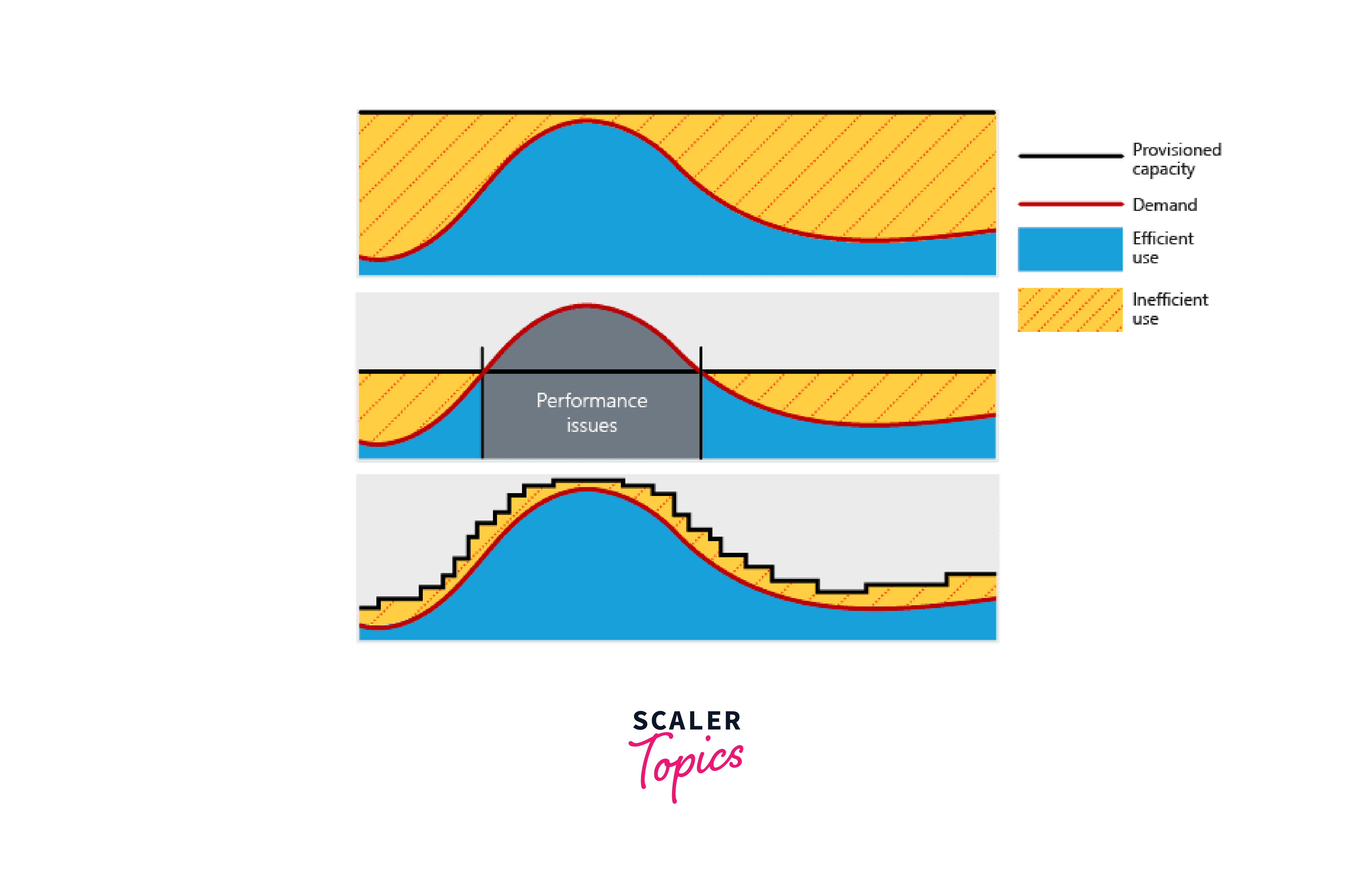Azure Well Architected FrameWork
Overview
In today's digital era, the Azure Well-Architected Framework stands as a vital tool for businesses and developers aiming to optimize their cloud infrastructure. This framework provides a structured approach for building and maintaining cloud solutions that are efficient, secure, and aligned with business goals. By embracing the Azure Well-Architected Framework, organizations can ensure their cloud architectures are not only well-designed but also capable of evolving with changing technological landscapes and business needs, thereby achieving sustainable success in the cloud environment.
What is a Well Architected Framework?
The Azure Well-Architected Framework represents an extensive collection of guidelines and recommended practices, tailored to assist cloud architects in creating secure, efficient, resilient, and high-performance infrastructure for their applications and services. Rooted in the vast experience and expertise of Microsoft in cloud computing, this framework provides a structured approach to evaluate architectures and implement designs that will scale over time.
The Azure Well-Architected Framework is not just a theoretical model; it's a practical guide enriched with real-world scenarios and recommendations. It encourages a holistic view of the architecture, considering aspects like cost optimization, operational excellence, performance efficiency, reliability, and security. These elements are crucial for any cloud infrastructure but are particularly pertinent in the dynamic and often complex cloud environments.
By adhering to the principles of the Azure Well-Architected Framework, organizations can ensure that their cloud solutions are following industry-leading practices. This not only enhances the overall quality and sustainability of cloud deployments but also helps in identifying potential issues before they become problematic. The framework serves as a blueprint for building and maintaining cloud solutions that are agile, secure, and aligned with the business objectives and compliance requirements.
Benefit of Well Architected Framework
The Azure Well-Architected Framework offers a multitude of benefits that can significantly enhance the quality and efficiency of cloud infrastructure. Here are some of the key advantages:
- Improved Performance and Efficiency: By following the guidelines of the Azure Well-Architected Framework, architectures are optimized for performance. This ensures that applications run smoothly, with reduced latency and faster response times, thereby enhancing user experience.
- Enhanced Security: Security is a paramount concern in the cloud, and the Azure Well-Architected Framework places a strong emphasis on robust security practices. It guides in implementing comprehensive security measures to protect data, applications, and infrastructure from threats and vulnerabilities.
- Cost Optimization: The framework helps in identifying and eliminating unnecessary costs, ensuring that you only pay for the resources you need. This cost optimization leads to more efficient resource utilization and can significantly reduce overall cloud expenditure.
- Operational Excellence: By adopting the best practices of the Azure Well-Architected Framework, organizations can achieve operational excellence. This includes streamlined operations, better resource management, and improved deployment practices, leading to a more resilient and agile infrastructure.
- Reliability and Scalability: The framework ensures that cloud architectures are reliable and capable of handling varying loads. This is crucial for maintaining uptime and providing a consistent service experience, even during peak times or unexpected surges in demand.
- Compliance and Governance: With its comprehensive approach, the Azure Well-Architected Framework aids in aligning with compliance requirements and governance models, an essential aspect for businesses in regulated industries.
- Future-Proofing: By adhering to the Azure Well-Architected Framework, architectures are designed to be scalable and adaptable, making it easier to incorporate new technologies and trends, thereby future-proofing the cloud infrastructure.
5 Pillars of Azure Well Architected Framework
The Azure Well-Architected Framework is built upon five fundamental pillars, each focusing on a critical aspect of cloud architecture. These pillars serve as the foundation for designing and implementing effective, resilient, and efficient cloud solutions.

Cost Optimization
Cost optimization in the Azure Well-Architected Framework involves understanding and controlling where money is being spent, ensuring that only necessary resources are used, and maximizing the value delivered. It's about smart resource allocation and scaling, choosing the right pricing models, and monitoring and analyzing cloud spend.
Design Principles:
- Right-Sizing Resources: Ensuring that resources match the required workload without over-provisioning.
- Economical Resource Scaling: Using scalable services to meet demands cost-effectively.
- Optimizing Over Time: Regularly reviewing and adjusting resources to align with changing requirements.
Approach
- Employ tools like Azure Cost Management and Azure Advisor for monitoring and optimizing cloud spend.
- Select appropriate pricing models like reserved instances or spot pricing.
- Analyze usage patterns to eliminate waste and optimize resource utilization.
Benefits
- Reduced overall cloud expenditure.
- Maximized return on investment.
- Avoidance of unnecessary resource consumption.
Operational Excellence
This pillar focuses on the ability to support development and run workloads effectively, gain insight into operations, and continuously improve processes and procedures. Operational excellence in the Azure environment includes automation of manual processes, consistent deployment practices, and maintaining system health and reliability.
Design Principles
- Automation of Cloud Operations: Streamlining repetitive tasks like deployments, updates, and scaling.
- Consistency in Workflow Management: Using templates and scripts for consistent environment setups.
- Proactive Monitoring and Logging: Implementing solutions for real-time monitoring and alerting.
Approach
- Utilize Azure automation tools and Azure DevOps for continuous integration and deployment.
- Establish strong incident response strategies.
- Implement detailed monitoring using Azure Monitor and Application Insights.
Benefits
- Improved efficiency in operations.
- Faster and more reliable deployments.
- Enhanced system stability and predictability.
Performance Efficiency
Performance efficiency is about using computing resources efficiently to meet system requirements and maintaining that efficiency as demand changes and technologies evolve. In Azure, this entails choosing appropriate resource types and sizes that align with the demands of the workload, keeping track of performance metrics, and making well-informed choices to preserve efficiency in line with the changing needs of the business.

Design Principles
- Selecting the Right Services: Choosing services that best fit the performance needs of the application.
- Scalability: Designing systems to handle growth and shrinkage in demand seamlessly.
- Using Latest Technologies: Keeping up with the latest Azure offerings for improved performance.
Approach
- Regularly evaluate and implement Azure’s latest and most efficient services.
- Use Azure’s scalability features like Azure AutoScale.
- Monitor performance metrics to identify bottlenecks and opportunities for improvement.
Benefits
- Enhanced application speed and responsiveness.
- Ability to handle varying workloads efficiently.
- Better user experience.
Reliability
Reliability in the Azure Well-Architected Framework means ensuring and consistently meeting business and customer demand. Key aspects include designing resilient and recoverable systems, understanding and managing service limits, and implementing failover strategies to ensure high availability and disaster recovery.

Design Principles
- Designing for Failure: Anticipating and planning for system failures.
- Replication and Failover Strategies: Ensuring data and application continuity.
- Regular Updates and Patching: Keeping systems updated to prevent failures.
Approach
- Implementing Azure Site Recovery for disaster recovery planning.
- Using Azure Backup for data protection.
- Designing with redundancies and geographical distribution where necessary.
Benefits
- Minimized downtime and disruption.
- Improved confidence in system availability and data integrity.
- Better compliance with business continuity requirements.
Security
The final pillar, security, encompasses the protection of information, systems, and assets. In Azure, this involves implementing strong identity controls, protecting data in transit and at rest, managing network controls, and ensuring compliance with relevant standards and regulations.

Design Principles
- Defense in Depth: Layered security measures to protect data and resources.
- Least Privilege Access: Providing minimum levels of access required for users and services.
- Regular Security Audits and Compliance Checks: Continually assessing and enhancing security posture.
Approach
- Using Azure Security Center for unified security management.
- Implementing Azure Active Directory for identity and access management.
- Regularly reviewing and adhering to compliance standards.
Benefits
- Enhanced protection against threats and vulnerabilities.
- Improved regulatory compliance.
- Enhanced confidence and reliability in the eyes of customers and stakeholders.
Conclusion
- The Azure Well-Architected Framework offers a comprehensive strategy for cloud architecture, ensuring aspects such as cost, performance, reliability, operational excellence, and security are all meticulously addressed.
- By adhering to the framework's guidelines, organizations can optimize cloud operations, leading to improved efficiency, performance, and user satisfaction.
- The framework aids in developing cost-effective strategies, ensuring cloud investments are maximized and unnecessary expenses are minimized.
- Emphasizing security and compliance, the Azure Well-Architected Framework ensures that cloud architectures are not only secure from threats but also align with regulatory standards.
- The framework prepares organizations for future technological advancements, enabling adaptable and scalable cloud solutions that can evolve with changing business needs.
